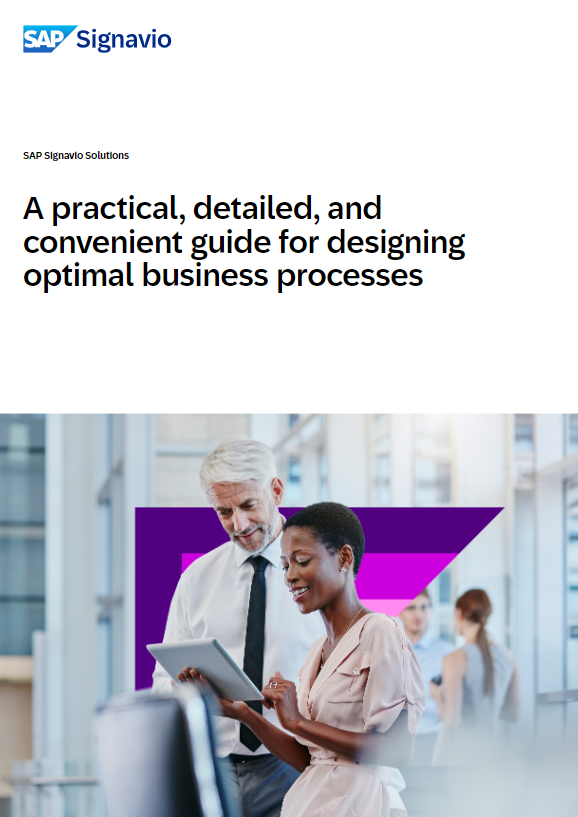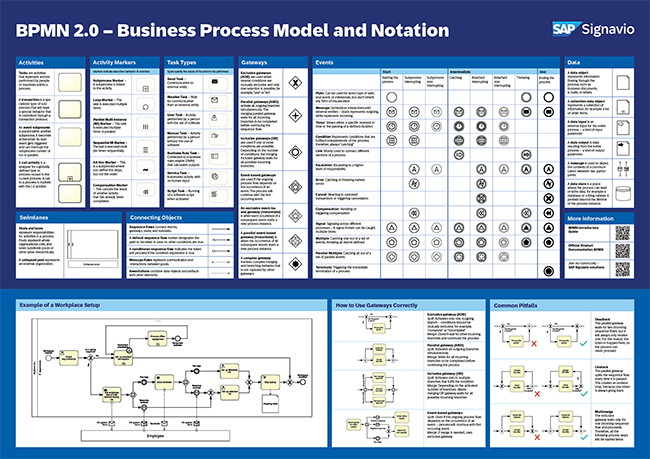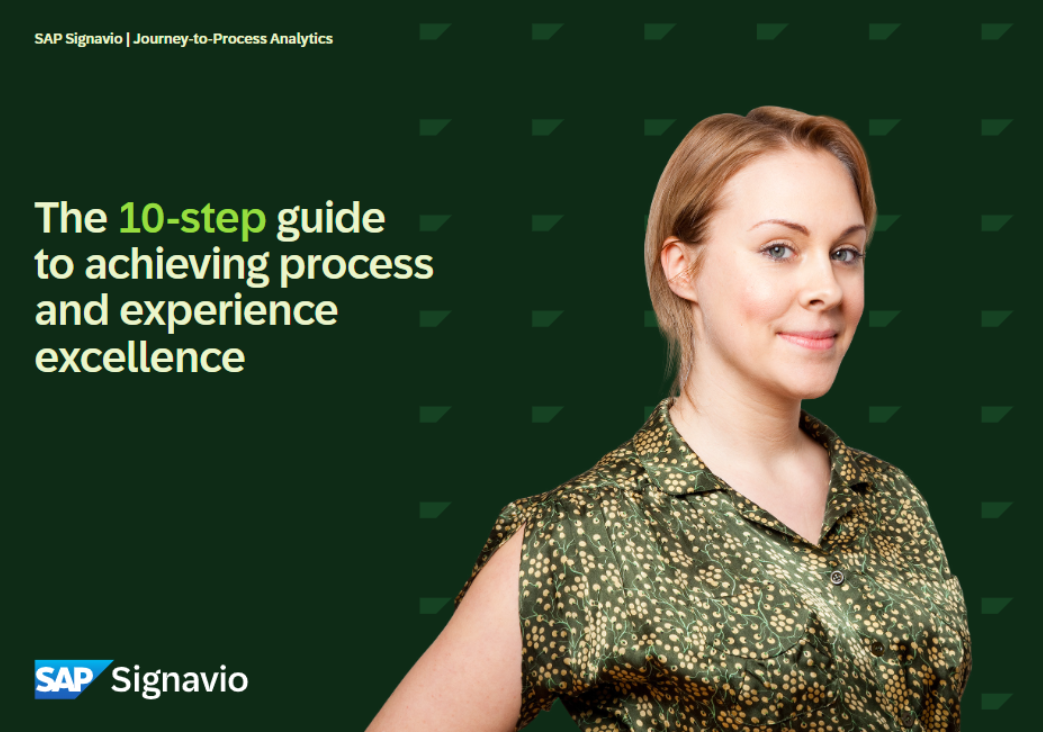Business Process Owner
Business process owners are responsible for the performance, governance, and outcomes of critical business processes. Learn how they ensure consistency, accountability, and improvement across departments.

Business process owners are responsible for the performance, governance, and outcomes of critical business processes. Learn how they ensure consistency, accountability, and improvement across departments.
A business process owner is the person accountable for the success of a single end-to-end process, such as order-to-cash, procure-to-pay, or hire-to-retire.
Within business process management, the owner role provides clear accountability for outcomes, ensuring that processes are not only designed well but also deliver measurable value to the business.
As part of the broader business process roles, process owners connect strategy with daily operations.
While analysts may uncover insights and managers coordinate improvement projects, the owner is responsible for aligning their process with organizational goals, maintaining compliance, and driving continuous improvement over time.
A business process owner is a senior role with end-to-end accountability for a defined process. This means they are responsible for making sure the process delivers on its intended outcomes, such as efficiency, compliance, cost-effectiveness, or customer satisfaction.
The owner role is not about documenting workflows or coordinating projects — it is about governance and accountability. A process owner defines goals, sets performance targets, and ensures that the process is continuously monitored and improved.
In many organizations, business process owners serve as the decision-makers when changes are proposed. They validate improvements suggested by business process analysts, oversee implementation efforts led by business process managers, and make sure the process remains aligned with wider business objectives.
Ultimately, process owners bridge the gap between business strategy and day-to-day execution, acting as stewards of the processes that drive organizational value.
A business process owner provides end-to-end accountability for a specific process. Their role combines strategic decision-making with operational oversight, ensuring that the process consistently meets business objectives.
Unlike analysts or managers, who may contribute insights or coordinate improvement projects, owners carry the final responsibility for outcomes.
The core responsibility of a process owner is to make sure their process creates value for the organization. This involves:
Although the process owner role is strategic, it also involves daily activities that keep the process on track. These tasks typically include:
To fulfill their responsibilities, business process owners produce tangible outputs that make accountability visible. Examples include:
→ Related: BPM solutions: The evolution of business process management
Succeeding as a business process owner requires a blend of governance expertise, strategic oversight, and strong leadership. While organizations may define the role differently, most expect a combination of the following:
Most business process owners hold a bachelor’s degree in Business Administration, Operations Management, or Information Systems. Many are promoted into the role after serving as managers, senior analysts, or project leads.
Certifications are not always mandatory but can strengthen credibility, especially in larger organizations. Common options include:
Requirements vary by industry and maturity. Highly regulated sectors may prioritize compliance expertise, while fast-scaling industries look for transformation and growth experience.
Business process owners succeed not just through technical knowledge but through personal traits that enable them to lead with accountability and influence. Because they are ultimately responsible for the outcomes of their process, these traits are essential for long-term effectiveness.
Together, these traits enable business process owners to balance governance with adaptability, making them trusted stewards of the processes that drive organizational success.
Business process owners rely on many of the same tools as analysts and managers, but they use them differently. Their focus is on governance, compliance, and accountability rather than day-to-day modeling or project execution. While toolsets vary by company and maturity, the main categories remain consistent.
BPM software such as SAP Signavio Process Modeler provides a central repository for process documentation. Owners use these platforms to:
Process mining platforms like SAP Signavio Process Intelligence help owners see whether their process is performing as designed. They rely on these tools to:
Performance dashboards (BI tools) provide owners with a high-level view of outcomes such as cycle times, cost efficiency, and service quality.
While owners rarely configure workflows themselves, they authorize automation projects within their process area. Their role is to:
Platforms like Confluence, SharePoint, or Teams support governance activities. Owners use them to:
Process owners emphasize frameworks that ensure accountability and compliance. Common examples include:
These tools and frameworks give business process owners the visibility and authority needed to safeguard their process, align it with strategy, and guarantee measurable outcomes.
The business process owner role represents a specialized senior path in the process management career family. Unlike managers, who coordinate cross-functional initiatives, owners hold end-to-end accountability for a single process.
This makes the role critical in organizations where governance, compliance, and measurable outcomes require clear accountability.
Future process owners usually begin in analytical or operational roles that provide exposure to workflows, stakeholder coordination, and process documentation. These roles establish the foundation for governance and accountability.
Professionals often gain leadership experience in managerial or project roles before stepping into ownership. These positions develop skills in governance and stakeholder management, preparing them for accountability at the process level.
At this stage, individuals move into the business process owner role. Unlike managers who oversee portfolios of initiatives, owners take responsibility for the success of one critical end-to-end process, such as order-to-cash or hire-to-retire.
Process owners can progress into enterprise-wide leadership roles where accountability scales from one process to the entire process portfolio. These roles demand strong governance, compliance expertise, and executive presence.
Because ownership is a specialized track, process owners may also transition into roles that leverage their governance expertise in other domains:
What unites these paths is the ability to combine accountability, governance, and strategic alignment. Business process owners prove their value by ensuring that core processes consistently deliver on business objectives and adapt to change.
Business process owner salaries reflect the seniority and accountability of the role.
Compensation varies by region, industry, and company size, but owners generally earn more than analysts or managers due to their responsibility for end-to-end process outcomes.
| Region | Entry-Level BPO | Mid-Level BPO | Executive BPO |
|---|---|---|---|
| United States | $100,000 – $115,000 | $120,000 – $135,000 | $150,000 – $185,000+ |
| United Kingdom | £55,000 – £65,000 | £70,000 – £85,000 | £95,000 – £125,000+ |
| Germany (DACH) | €70,000 – €85,000 | €90,000 – €110,000 | €120,000 – €150,000+ |
| India | ₹12L – ₹16L | ₹17L – ₹25L | ₹30L – ₹45L+ |
Sources: Glassdoor, Payscale, ZipRecruiter, Indeed (2024–2025 data). Ranges reflect industry averages and may vary by sector, region, and organizational maturity.
These numbers and trends represent broad market averages. Actual compensation depends on organizational maturity, regional cost of living, and the strategic importance of the process being owned.

Because titles in process management often overlap, the process owner role is sometimes confused with managers, analysts, or adjacent leadership positions.
Each has a distinct scope and level of accountability within a BPM team.
Business process owners act as accountable stewards for individual processes. While analysts, managers, and project leaders contribute to improvements, owners carry the final responsibility for outcomes.
Despite their strategic importance, business process owners are often misunderstood. Their responsibilities can be confused with those of managers, analysts, or operations leaders. Here are some of the most common misconceptions about the role:
The role of the business process owner is becoming more critical as organizations seek accountability for complex, end-to-end processes.
With the rise of AI, automation, and stricter compliance requirements, owners will increasingly act as guardians of process integrity, ensuring that technology-driven changes deliver measurable outcomes.
Their future lies in combining governance with adaptability, making them central to building resilient, strategy-aligned organizations.
Get the most important standards, ready for you to modify and adapt according to your own standards and organizational needs.

